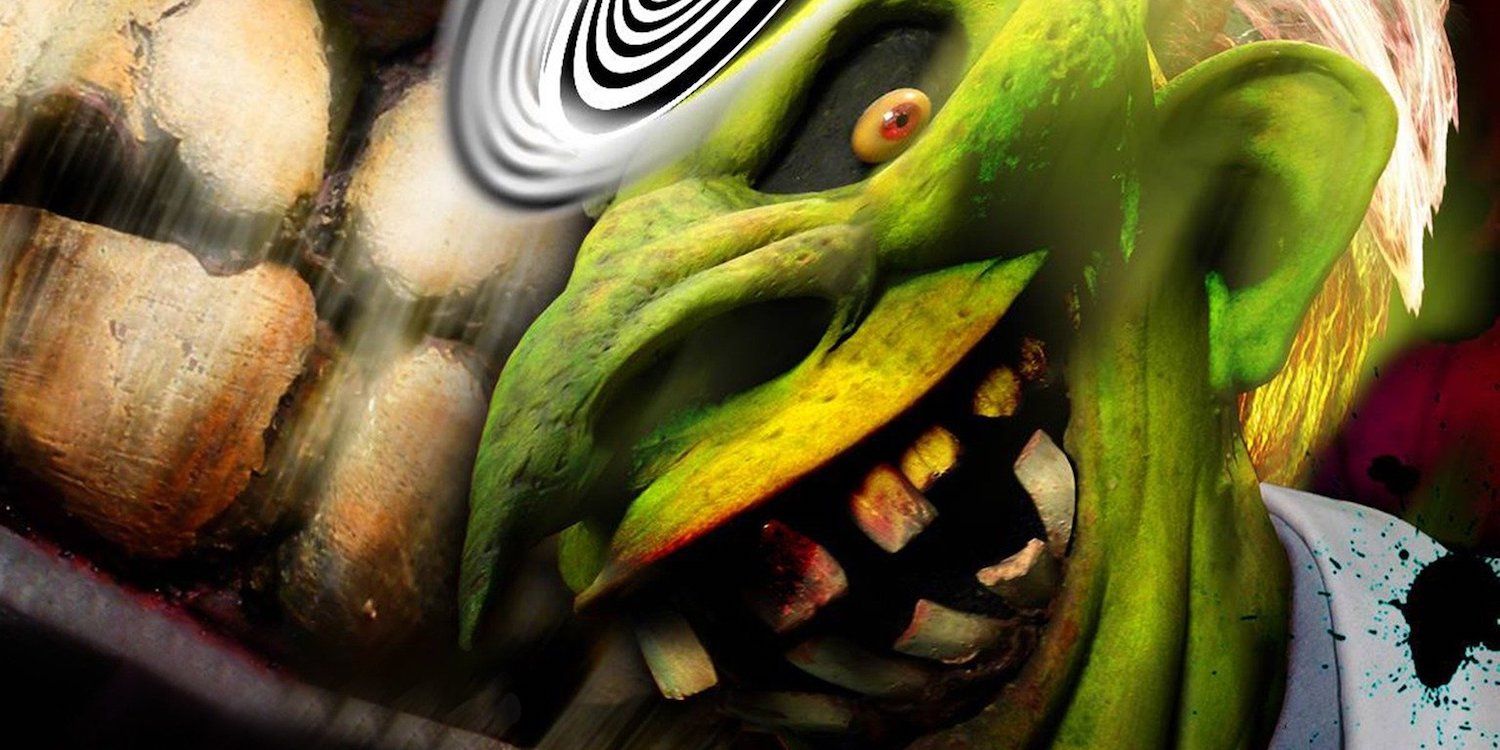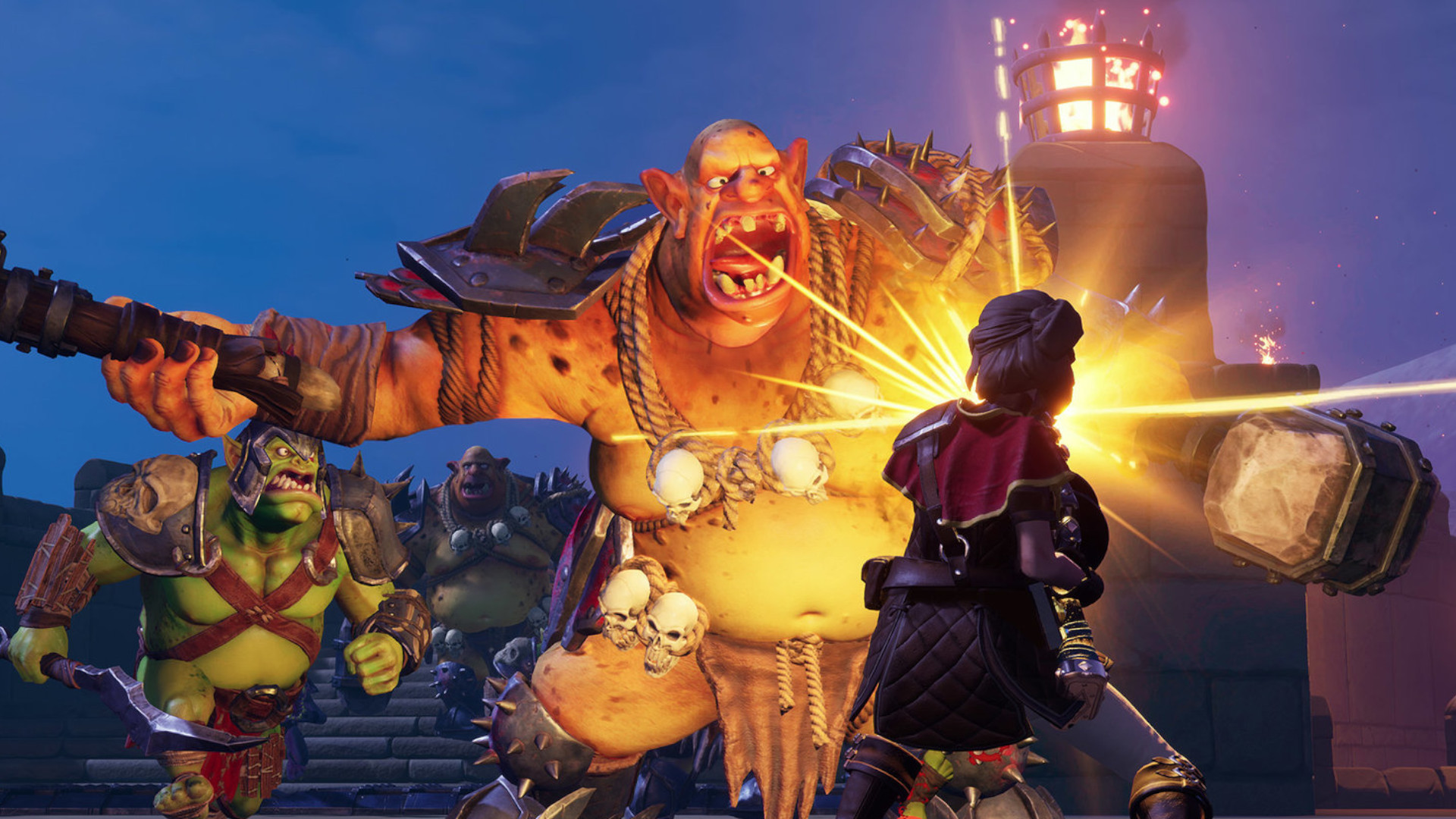Among Us has taken the world by storm over the last year. Despite having launched in 2018, InnerSloth’s revered social deduction game only reached its current popularity after becoming a viral hit on Twitch during the pandemic, leading to it turning into a go-to social game for many. While people all over the world were unable to see their friends, families, and colleagues, Among Us provided an enormously important platform for socializing that was both approachable and accessible for anybody with a mobile phone – but the real magic surrounding this game has its origins in the phenomenal team behind it.
After winning big at The Game Awards 2020 – again, despite Among Us having come out two years prior to that – four InnerSloth developers went viral for their humble, wholesome, and startlingly sincere reaction. On one hand, it could be perceived as a case of not quite believing that they had earned the right to speak about their game on the world stage. On the other, it highlights a kind of sincere passion that is often invisible behind privacy barriers erected by public relations and marketing departments for major studios. I know for a fact that the majority of people who work in game dev have a deep, unwavering love for what they do – it’s seldom we get to actually see that, though, and InnerSloth’s continued commitment to visibility and community marks it as a studio others could learn from.
Related: Interview: Úna-Minh Kavanagh On The Importance Of Among Us In Irish
That’s not to mention that as well as having smashed traditional obstacles to gaming – I have played Among Us with plenty of people who own no consoles, some of whom have never even played a mainstream video game – Among Us is also making strides in other extremely important areas. For example, yesterday we published an interview with Úna-Minh Kavanagh, who was responsible for designing and implementing Among Us’ recently added Irish localization. For those who are unsure about the immense gravity of this, Irish is often completely ignored when it comes to language support in video games – Among Us’ addition of it is inspiring.
It’s one thing for indie studios to be closer to their fans than their more mainstream, sprawling counterparts. When you’ve got a team of ten, or 15, or even 20, your relationship with fans is inherently different to that of a big-budget developer with potentially thousands of staff. That’s certainly an element of why Among Us’ community is so admirable – as well as the community management necessary for accomplishing this admiration – but there’s more to it than that. Sure, InnerSloth is a small studio, but its audience has become gigantic over the space of just one year – plus it happened two years after launch, almost by accident. It’s not easy to deal with exponential growth, but somehow InnerSloth has managed to handle it with real grace.
I don’t play Among Us as much as most other people – I dip in for a game or two every couple of weeks, and as things continue to reopen in the wake of an increasingly vaccinated society, I’m playing less multiplayer games in general. Still, I can’t help praising InnerSloth for everything it has done over the last 15 months or so. Among Us has set the benchmark for approachability, accessibility (in terms of facilitating play for non-gamers via mobile, at least), and community since its sudden spike in popularity last year, and I think people who work in games could learn a lot from studying it and the devs behind it.
Sure, there are several social deduction titles in dev right now, most of which are probably trying to cash in on a market Among Us carved out for them – but that’s not what I mean. I’m not talking about the gameplay, or the art, or the concept, or the music. I’m talking about the human element that goes into creating a game like this and maintaining both it and the community around it.
I’m not exaggerating when I say that InnerSloth is by far one of the most impressive front-facing developers on the planet right now. I understand that the presence it has is not necessarily comparable to much larger studios, but nothing works without compromise, right? I’m not saying that anyone has to emulate exactly what InnerSloth is doing with Among Us – I’m arguing that studios should at least look to it for inspiration, for innovative new ideas about how they can make both minor and major changes to the ways they communicate with their audiences in order to establish friendlier, better, and more robust communities.
Among Us may have lost its total ubiquity on social media – everything occurs in peaks and valleys – but it still has a dedicated community and the perfect approach to properly maintaining that. If major studios were smart, they’d examine how InnerSloth manages both the game itself and its relationship with the people who play it. In a world of hateful comment sections, overgrown manbabies, and vitriol that spreads way too fast for proper moderation, Among Us is a beacon of hope for the possibility of safer, kinder, and more comfortable online spaces.
Next: We Did The Math: Which Subscription Service Has The Best Games?



